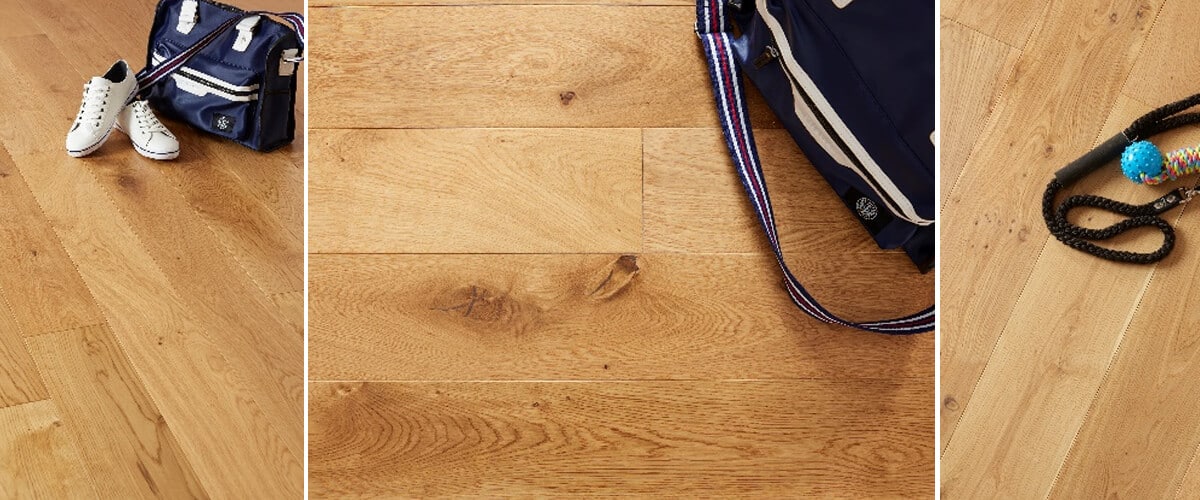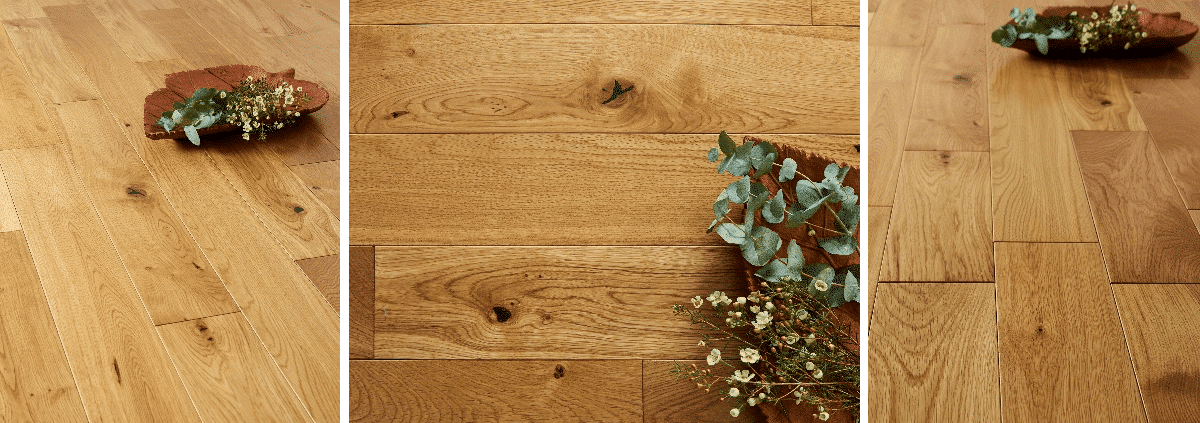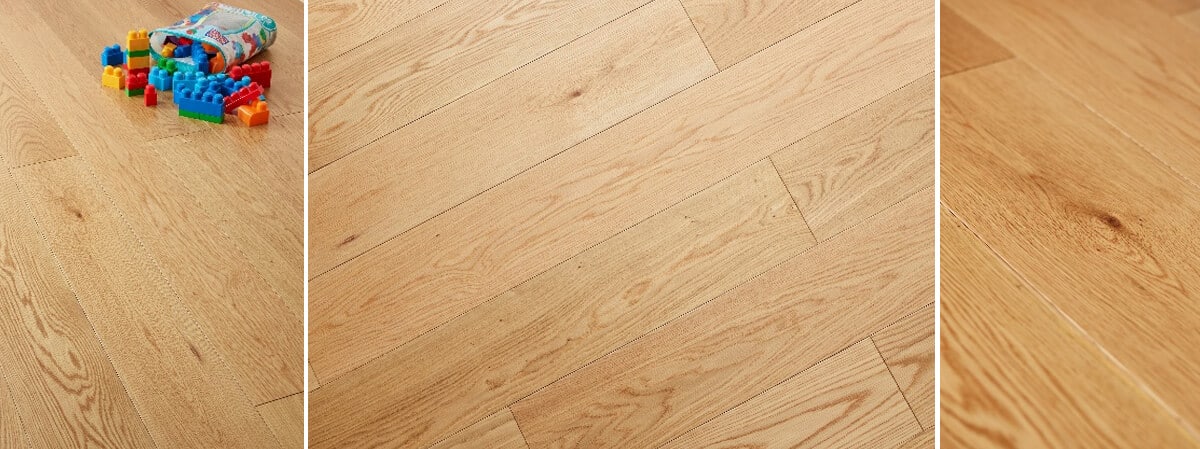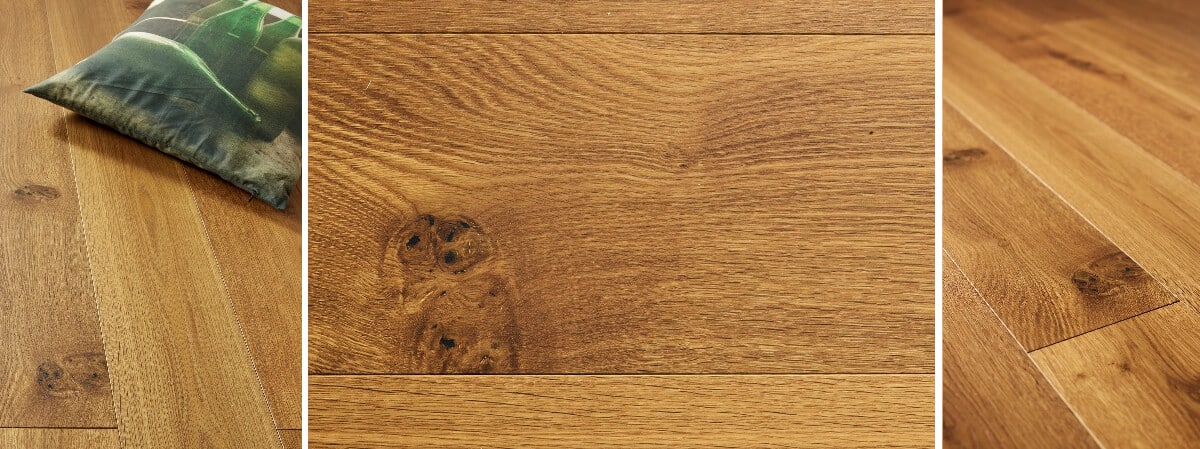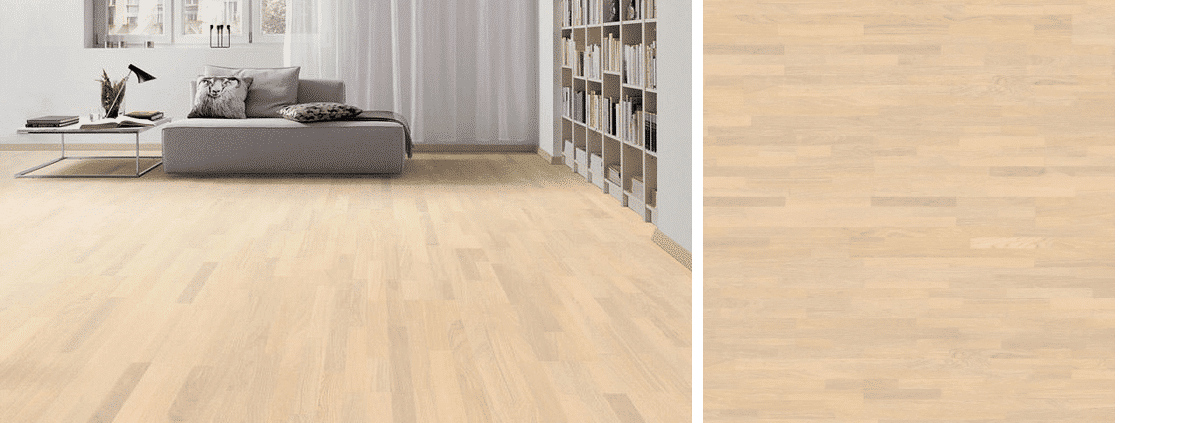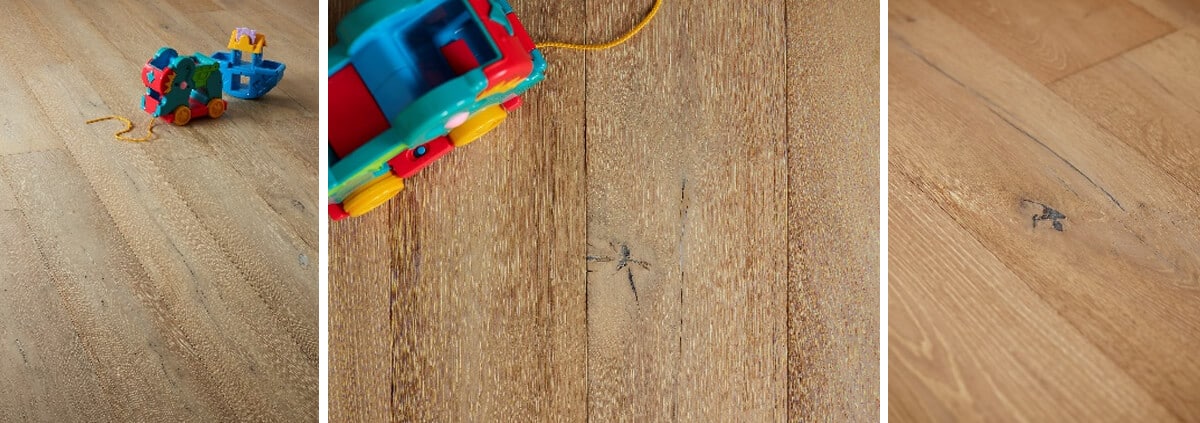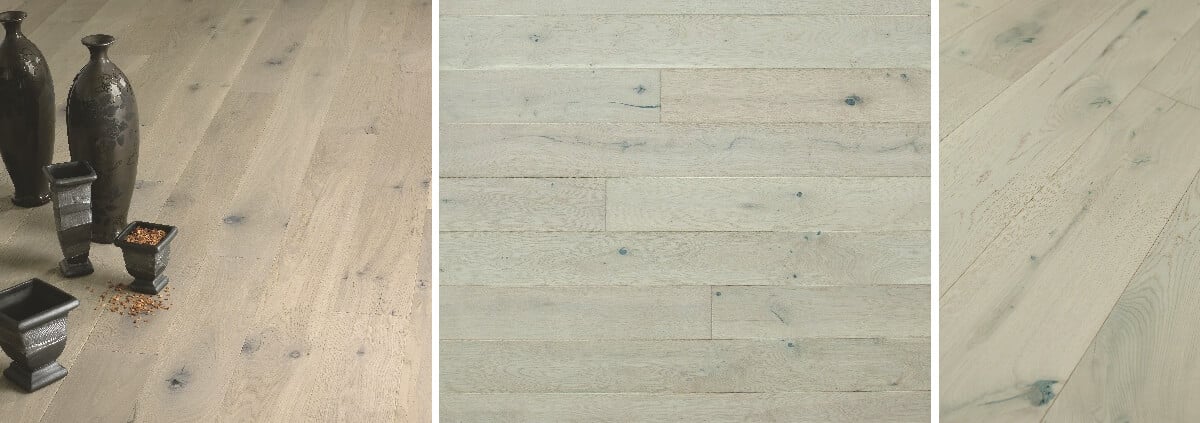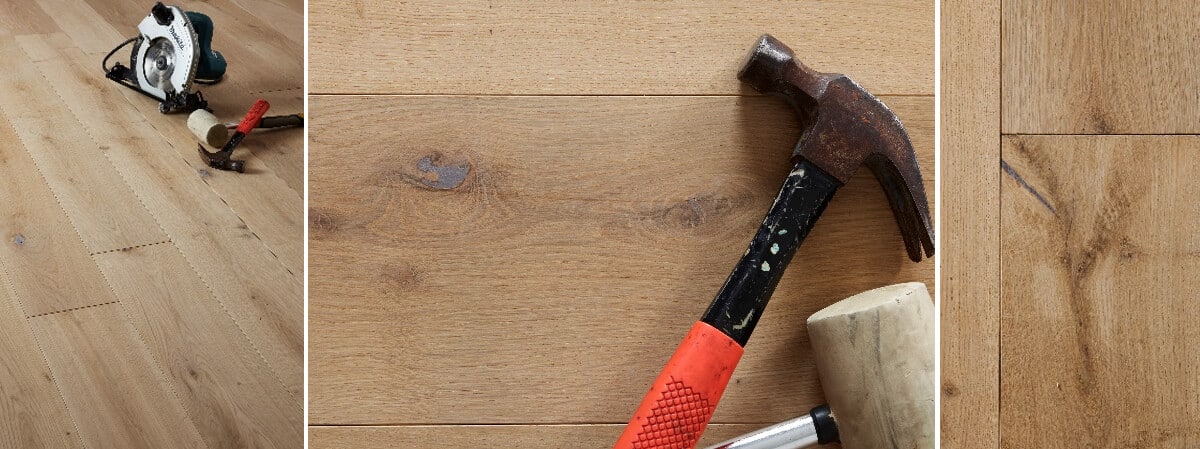Sanding Hardwood Floors with Palm Sander: 7 Expert Tips
Sanding Hardwood Floors with Palm Sander: A Comprehensive Guide from Nationwide Hardwood Flooring Company
When it comes to sanding hardwood floors with palm sander, precision, technique, and the right tools are critical for a stunning finish. Based in the UK, Nationwide Hardwood Flooring Company brings expert advice for homeowners and contractors alike who want to refresh their floors with minimal hassle. Explore our extensive selection of multi-ply flooring for inspiration on the types of floors you can achieve.
Why Choose a Palm Sander for Sanding Hardwood Floors in the UK?
Palm sanders offer a compact and user-friendly option for hardwood floor sanding, especially in residential settings and detailed areas that demand finesse. Unlike larger drum sanders, palm sanders are lightweight and easy to control, which reduces the risk of damage to your hardwood flooring. This advantage is crucial when working with delicate designs such as herringbone multi-ply flooring, commonly found in luxury UK homes.
In regions such as London, where homes often feature intricate wood flooring, palm sanders provide the finesse required to preserve the authenticity and beauty of oak floorboards and engineered timber floors like Balmoral Engineered Flooring. Additionally, palm sanders are favored in older homes where maintaining the integrity of the existing floorboards is essential to preserve character and value.
Understanding the Types of Hardwood Floors Suitable for Palm Sanding
- Solid Oak Flooring: Traditional choice with natural durability, ideal for detailed sanding applications. Consider options like our Buckingham Solid for a premium finish.
- Engineered Hardwood Flooring: Multi-layered boards are often sensitive to aggressive sanding; palm sanders help maintain veneer quality. Our Timbertop Engineered Flooring is an excellent example tailored for such care.
- Herringbone and Chevron Flooring: Complex patterns require careful sanding to preserve design integrity. We offer a wide range including Alnwick, Hardwick, and Witley multi-ply options.
Sanding Hardwood Floors with Palm Sander in London Residential Homes
Homes across London’s boroughs, from Camden to Kensington, boast hardwood flooring styles that need careful maintenance. Our local experience has shown palm sanders are perfect for:
- Bedrooms featuring oak hardwood flooring
- Small living rooms and hallways with engineered wood floorboards like Loch Achray Multi-Ply Flooring
- Areas with patterned parquet flooring such as Burghley and Chalfield multi-ply options
Step-by-Step Process for Sanding Hardwood Floors with Palm Sander
- Prepare the Room: Remove furniture and clean the floor thoroughly to avoid scratches and dust build-up.
- Choose the Right Sandpaper Grit: Start with 60-grit for initial sanding to remove old finishes, progress to 100-grit to smooth the surface, and finish with 120-grit for optimal smoothness.
- Test on a Small Area: Check compatibility and finish quality on a discrete spot to avoid potential damage.
- Sanding Motion: Use slow, circular movements along the grain for even sanding without gouging the wood.
- Edge and Corner Attention: Use the palm sander for corners and edges that larger machines can’t reach, especially important near detailed patterns like Chatsworth multi-ply flooring.
- Clean Up Between Grits: Vacuum and wipe dust to prevent scratches and ensure adherence of the next sanding layer.
- Final Touches: Inspect and sand any uneven spots carefully to achieve a consistently smooth surface.
The Importance of Dust Management During Sanding
Maintaining a clean workspace with proper dust extraction is vital to avoid health risks such as respiratory problems and to ensure a pristine finish. Our commercial floor installers advise using sanders equipped with dust bags or connecting directly to vacuum systems. For professional recommendations and standards, consult the guidelines at the Health and Safety Executive (HSE) UK. For further details, see our wooden floor installation services.
Common Mistakes When Sanding Hardwood Floors with Palm Sander and How to Avoid Them
- Over-sanding: Causes thinning of floorboards and weakens the hardwood structure. Always sand lightly to preserve longevity.
- Using Too Coarse Grit Initially: Can leave deep scratches that are difficult to remove in subsequent sanding.
- Ignoring Grain Direction: Sanding against the grain results in poor finish quality and visible scratches.
- Not Replacing Sandpaper Promptly: Worn sandpaper reduces sanding efficiency and negatively affects floor smoothness.
How Palm Sanders Compare to Other Sanding Equipment for Hardwood Floors
| Feature | Palm Sander | Drum/Belt Sander |
|---|---|---|
| Size & Weight | Compact and lightweight, ideal for precision work | Bulkier and heavier, suited for large areas |
| Precision | High for edges, corners, and detailed patterns | Better suited for leveling large open spaces quickly |
| Ease of Use | Simple operation, suitable for beginners | Requires more experience and control to avoid damage |
| Surface Area Covered | Smaller coverage per pass, ideal for detailed sanding | Larger and faster coverage, less precise |
| Risk of Damage | Low risk of gouging | Higher risk of damage if not handled correctly |
Choosing the Right Sandpaper Grit for Sanding Hardwood Floors with Palm Sander
Effective sanding depends on selecting the appropriate grit progression tailored to the floor condition:
- 60-80 grit: For removing old finishes, stains, and minor surface imperfections.
- 100 grit: To smooth the wood surface and prepare for final sanding.
- 120-150 grit: For finish sanding to achieve a smooth base before sealing or varnishing.
Local Considerations in London for Hardwood Floor Sanding
London’s homes often experience humidity and temperature fluctuations that can impact wood flooring performance. Engaging with trusted local flooring contractors like Nationwide Hardwood Flooring Company ensures sanding techniques and finishing products are suited specifically for the UK climate. Premium neighbourhoods such as Hyde Park and Notting Hill feature delicate hardwood floors demanding expert maintenance. Browse floors optimized for such conditions, including Loch Rannoch Multi-Ply and Loch Tay Multi-Ply Flooring.
Finishing Options After Sanding Hardwood Floors with Palm Sander
After sanding, selecting the right finish protects and beautifies your hardwood floors:
- Oil-Based Varnishes: Provide deep wood grain enhancement with long-lasting protection.
- Water-Based Finishes: Offer low VOC emissions and faster drying times, preferred in modern UK homes.
- Wax Finishes: Traditional and natural but require regular upkeep and reapplication.
- Polyurethane Finishes: Durable and resistant to wear, suitable for high-traffic areas.
Cost Implications of Sanding Hardwood Floors with Palm Sander in London
Costs vary based on floor size, sanding depth required, and finish selection. Nationwide Hardwood Flooring Company combines expert sanding services with competitively priced flooring options to deliver value without compromising quality. Typical sanding and refinishing costs for residential hardwood floors in London range between £10-£20 per square meter, depending on complexity.
Advantages of Hiring Expert Floor Contractors Like Nationwide Hardwood Flooring Company
- Extensive experience with diverse hardwood types, including oak hardwood flooring and engineered wood floorboards
- Use of professional equipment ensuring optimal sanding and superior dust management
- Reliable scheduling with minimal disruption to daily household routines
- Comprehensive service from initial sanding through to final finish and expert maintenance advice
Maintaining Your Hardwood Floors Post-Sanding
Proper post-sanding care extends the life and appearance of your wood floors:
- Use area rugs and protective pads to shield high-traffic zones from wear
- Clean spills immediately to avoid staining and water damage
- Regularly clean using wood-safe products recommended by industry experts like the Wood Floor Business Association
- Avoid harsh chemicals, abrasive tools, and excessive moisture during cleaning
Frequently Asked Questions About Sanding Hardwood Floors with Palm Sander
- How long does it take to sand a typical bedroom floor with a palm sander?
- Generally, 4-6 hours depending on floor size, condition, and sanding experience.
- Can I sand hardwood floors myself with a palm sander?
- Yes, but mastering proper technique, grit selection, and dust management is essential to avoid damage and achieve professional results.
- Is palm sanding suitable for floors with complex patterns like herringbone?
- Yes, it is ideal for edges and detail work in herringbone and parquet patterns, such as our Apsley Multi-Ply Flooring, preserving pattern integrity.
Contact Nationwide Hardwood Flooring Company for Expert Sanding & Installation
Ready to transform your floors? Reach out to Nationwide Hardwood Flooring Company, the trusted flooring supplier and contractor in the UK. Call us on 07940 528 315 or email enquiries@nhfcompany.co.uk for a consultation and quote. Visit our portfolio to see inspiring examples of our expert craftsmanship and extensive product range.
Sanding hardwood floors with palm sander done right can revitalize your home’s wooden flooring, combining beauty, durability, and value for years to come.


